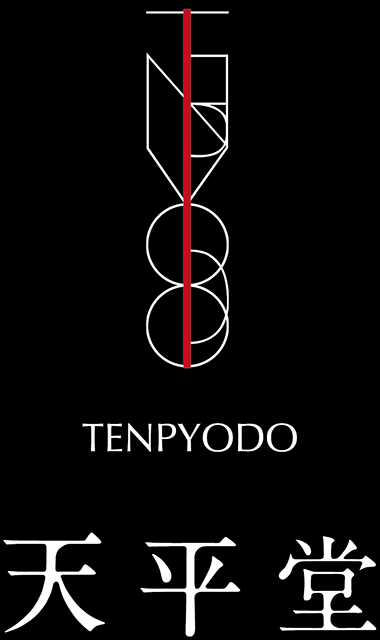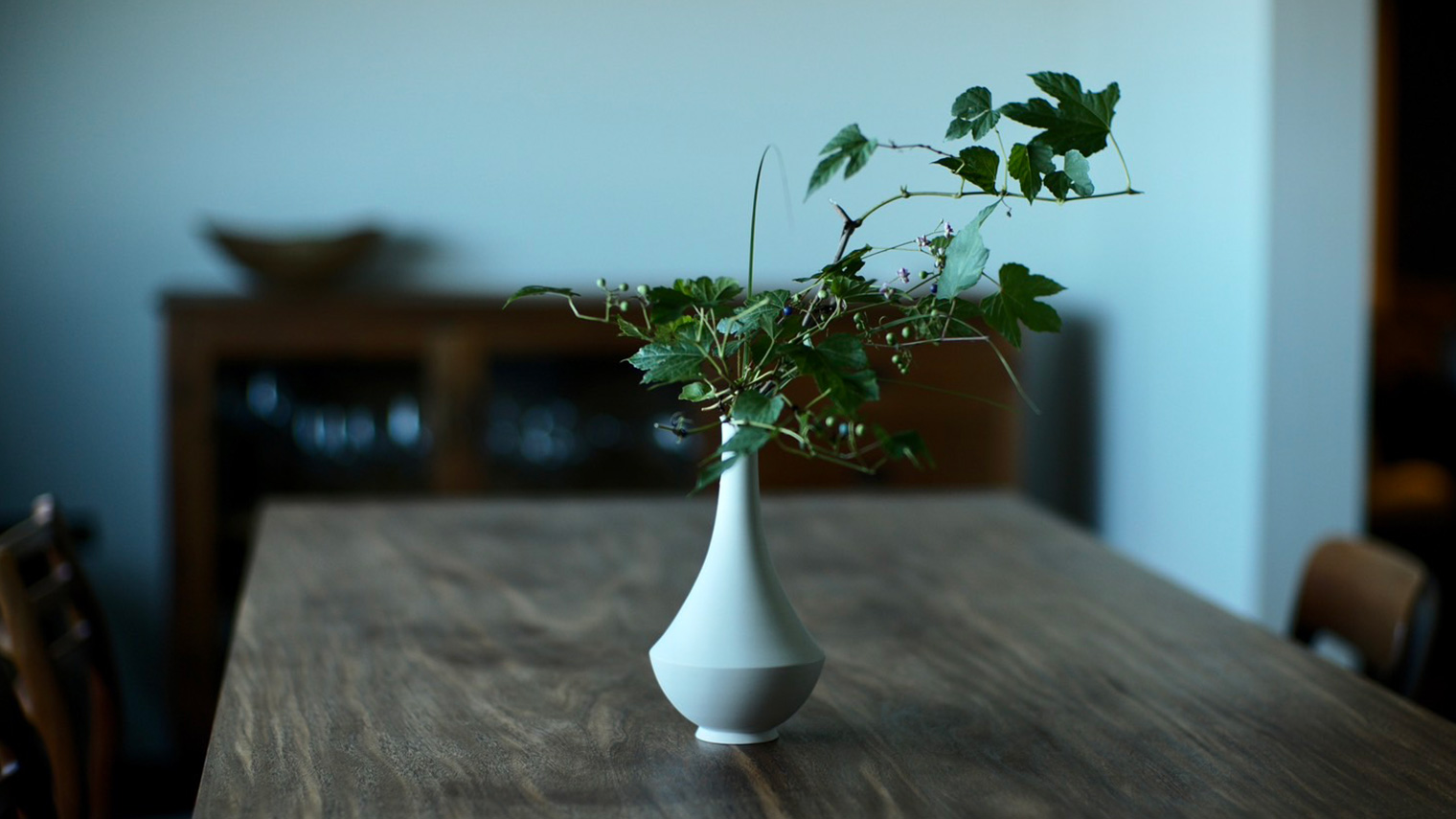
Earlier this year, I received a phone call from a couple with whom I share both personal and professional ties. They expressed a heartfelt wish: to present a one-of-a-kind, specially designed piece in celebration of the fifth anniversary of a gastronomy restaurant in Shimabara.
We were told that the restaurant’s concept centers on the “coexistence of nature and culture”—expressed through cuisine that can only be experienced in Shimabara, where sea, river, and mountain converge, and through the local bounty delivered by the hands and relationships of those who live there. After many thoughtful discussions, we decided to commission a work from Ms. Mayumi Hamano. A graduate of Musashino Art University’s Department of Nihonga (Japanese painting) and the Arita College of Ceramics in Saga Prefecture, Ms. Hamano was deeply inspired by the Shibata Collection. Today, she creates works rooted in the traditions of Hizen porcelain from her studio in Saga. Her solo exhibitions often sell out on the first day, making her pieces exceptionally difficult to acquire.
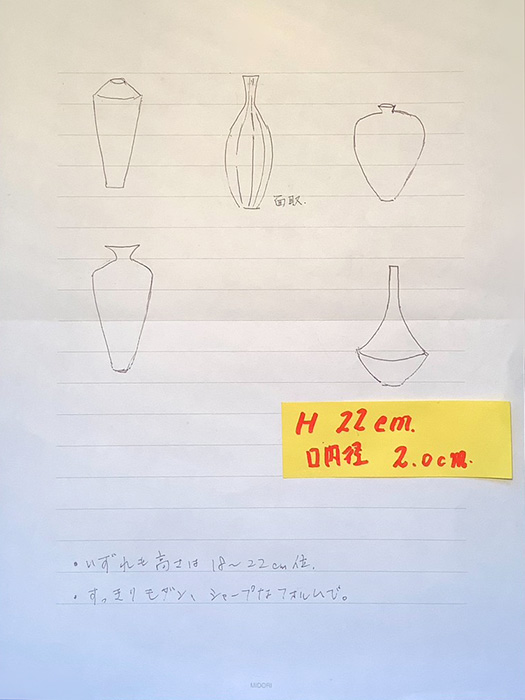
In the Edo period, what is now Nagasaki Prefecture and parts of Saga Prefecture were known collectively as Hizen. The client’s thoughtful gesture—wishing to elevate the space overlooking the horizon of the Ariake Sea in Nagasaki with a work by Ms. Mayumi Hamano from Saga—is a quietly poetic tribute to Shimabara.
The design was conceived by Ms. Shiho Yokokawa, a close and trusted friend of the client. With careful attention to the harmony between the vessel and the floral space it would inhabit, several initial concepts were considered before one was selected. The exterior was envisioned with a soft, unglazed surface—free of decoration—while, for functional reasons, Ms. Mayumi Hamano suggested glazing the interior, a detail that was thoughtfully incorporated into the final piece.
Among the corpus of Old Imari ware, there exist a few rare examples left unglazed—an irregular technique by historical standards. Yet Ms. Mayumi Hamano, through visits to numerous kilns, succeeded in the near-impossible: realizing an ideal white through bisque firing alone.
After several months of collaboration, the white porcelain flower vessel was finally completed. With a wish for continued growth and flourishing, Ms. Mayumi Hamano bestowed upon it the name “Shō” (Soar). Inside the footring, the piece bears the mark of a bat (kōmori)—a seal Ms. Hamano used in her twenties and early thirties. In Chinese culture, the character for bat (fuku) is a homonym for “blessing” or “good fortune,” and the motif of five bats (go-fuku) symbolizes the Five Blessings: longevity, prosperity, success, health, and fertility. The choice of this mark subtly echoes the restaurant’s fifth anniversary, weaving together layers of meaning and auspicious intent.
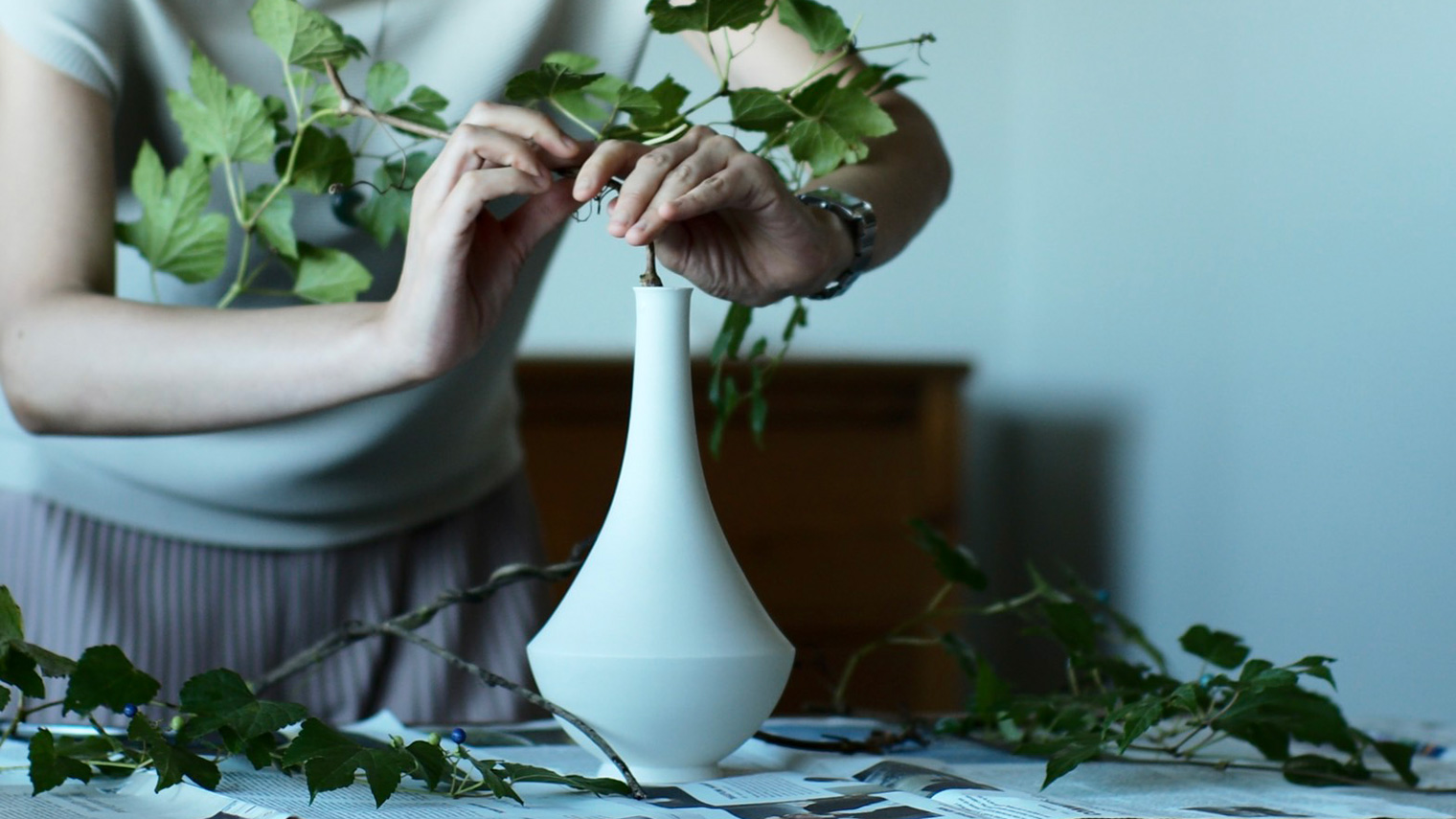
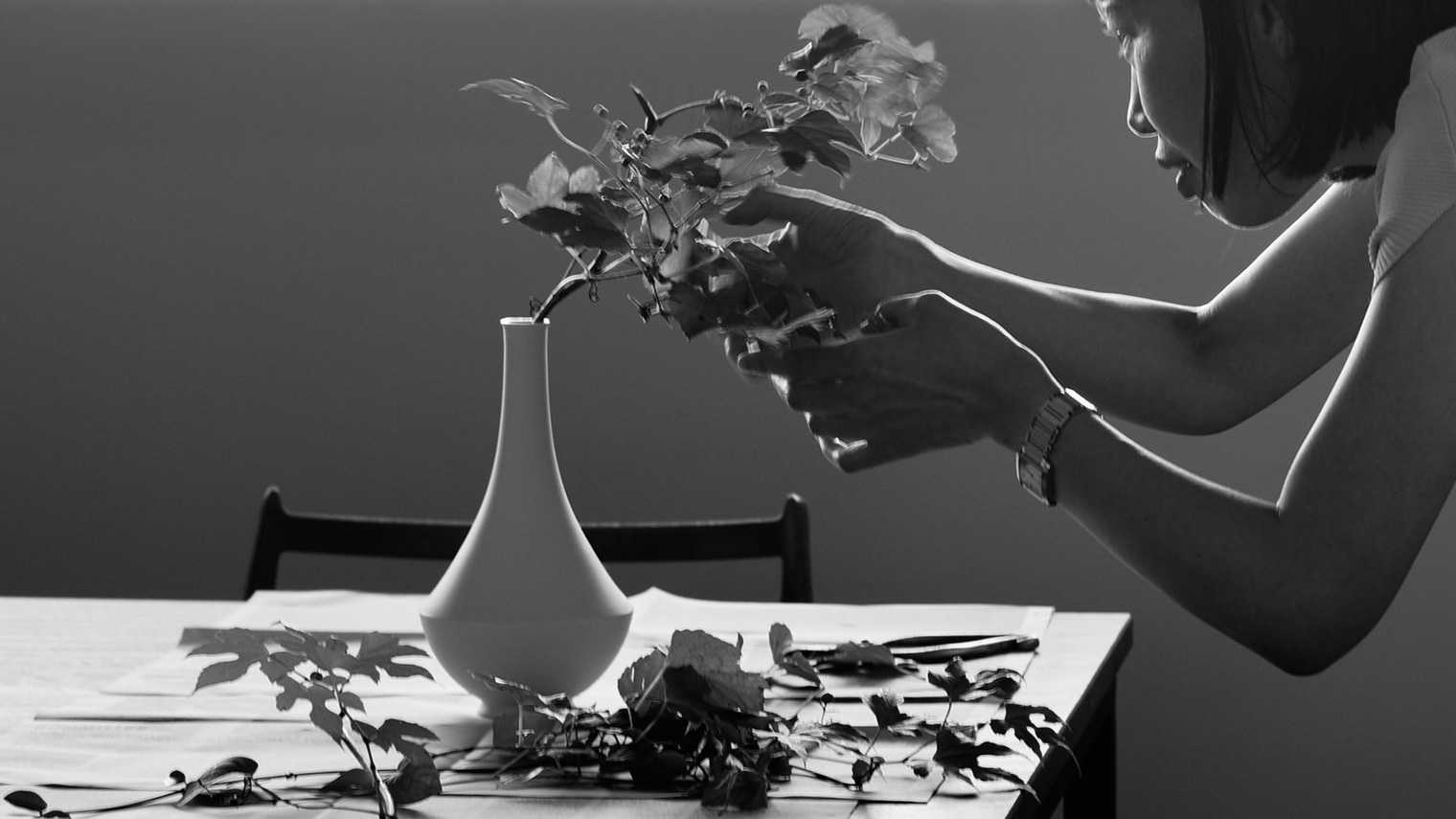
On site, the vessel was brought to life by the hands of Ms. Shiho Yokokawa, marking the quiet completion of a singular story. Under the heartfelt vision of the client, artists gathered, and through their collaboration, a unique work of art came into being—a process as beautiful as the piece itself. It was an experience of the highest order, one I will cherish deeply.
Congratulations to pesceco on your fifth anniversary. I sincerely wish you continued growth and flourishing in the years to come.
